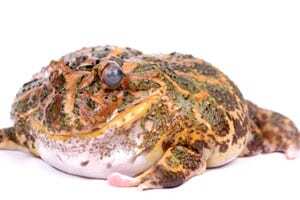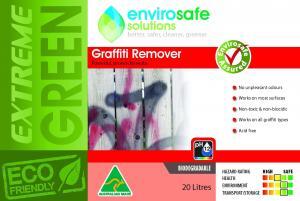Envirosafe Solutions considers the biodiversity which is threatened by the introduced cane toad species. The flora and fauna of our north, as well as the environment as far south as the mid-coast of NSW are all impacted by this problematic and poisonous pest. But latest research indicates there is hope and solutions are in the pipeline.
Cane toads – an introduced species – pose considerable risk to the top end of Australia and have had a devastating impact on the wildlife and species diversity in Queensland, Northern NSW and The Northern Territory.
They are now considered a pest in Australia and the CSIRO Animal Health laboratory, and other academic institutions nationally, have been searching for biological control of cane toads in order to eradicate or control their spread and devastation to natural flora and fauna.[1]
Species Invasion
The cane toad was originally introduced to Australia in the 1930’s to help control and eat the Greyback Cane Beetle and French’s Cane Beetle that were affecting cane production in Queensland. The larvae (whitegrub) of these beetles eat sugar cane root and consequently kill or stunt the growth of the young cane plants.[2] Initially 100 cane toads were imported to Australia by the Australian Bureau of Sugar Experimentation Stations. These bread very quickly and by 1935, 3000 were released into north Queensland sugar plantations to help curb the spread of the beetles. Numerous scientists protested the release of the toad into the Australian environment at that time, including the then Curator of the Australian Museum, Roy Kinghorn. [3]
Biodiversity Threat
Rick Shine, Professor of Biology at the University of Sydney, has been investigating the cane toad for many years. “These feral amphibians have become a major invasive threat to Australian biodiversity,” he states.[4] He and his scientific team – Team Bufo – are currently focusing on cane toads in the Fogg Dam area in the Northern Territory. Professor Thomas Madsen and Dr Beata Ujvari have noted that in that region alone, most of the large floodplain goannas of that region have been killed by eating cane toads. There is also a 10% mortality rate with the Fogg Dam death adder population since the cane toad arrival, and radio-tracking work performed by Dr. Meri Oakwood also notes a similarly high mortality rate amongst the quolls and also the freshwater crocodiles of the area just upstream.[5] Fortunately, research also seems to indicate that cane toad poison does not seem to be too much of a problem for birds and bird life.
Methods of Control
Up until recently, the main method of control has been to simply go out and eradicate toads through hunting and disposal. This is a long and arduous process, and because of their ability to reproduce so rapidly has minimal effect.
Professor Shine’s team has begun to develop some new control methods that may help with eradication:
- Alarm chemicals – cane toads release an alarm pheromone as a fear response. It travels through water and alerts other toads and motivates them to move away from the pheromone. It also stresses them. Repeated exposure to the pheromone over weeks caused half of cane toad tadpole populations to die and significantly stunted the growth of the remaining survivors. This may be able to be used, without harmful impact to frogs and other species.
- Parasitic nematode lungworms that do not harm native frog species have a severe impact on cane toads, and there is hope this worm may kill many of the toads once they mature and leave the water.[6]
Team Bufo researchers may well lead us to an eradication of the cane toad in the north of Australia where its effects are most prevalent. Our precious biodiversity requires protection and the talent, energy and dedication of Australian research scientists and students is helping to increase our understanding of cane toads and the real impact they have on our precious environment.
Envirosafe Solutions is proud to highlight the work of Professor Shine and his team as they continue on with their valuable work.
For more information on environmentally sound products that also help our precious environment, call Envirosafe Solutions and speak with one of our customer service representatives who can help you source eco-friendly products with a low environmental impact.
Envirosafe Solutions 1300 889070.
[1] http://australianmuseum.net.au/Cane-Toad
[2] Ibid
[3] Ibid
[4] http://www.canetoadsinoz.com
[5] http://www.canetoadsinoz.com/biodiversity-impact.html
[6] Ibid





















